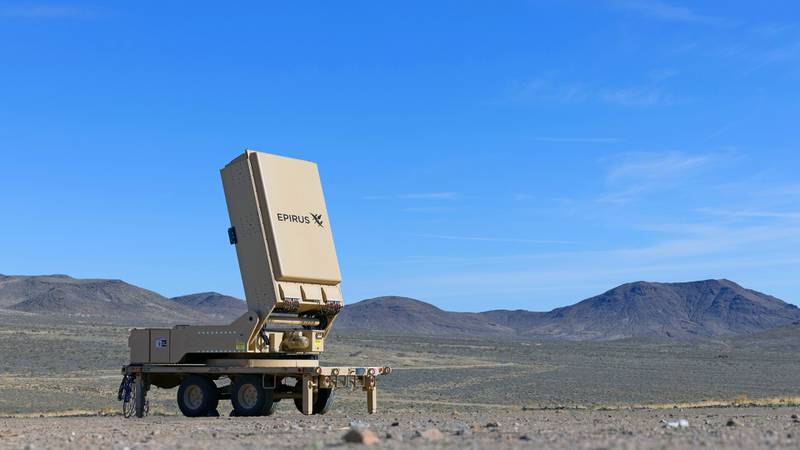WASHINGTON — The U.S. Army could tap several companies to supply tank-busting drones under the fledgling LASSO program, according to one acquisition leader.
The Low Altitude Stalking and Strike Ordnance initiative was unveiled last month with the goal of quickly providing soldiers a portable loitering munition, similar to gear used in the Russia-Ukraine war.
Assistant Secretary of the Army for Acquisition, Logistics and Technology Doug Bush on Aug. 7 told reporters the service would “leverage competition, as well as maybe having more than one version,” to ultimately boost production capacity and meet demands.
“There are a lot of companies in that space,” he said. He did not mention vendors by name.
LASSO systems would be carried by troops, use a tube for launch and be strapped with a lethal payload, according to an announcement from the Program Executive Office Soldier, which handles equipment including uniforms, body armor and guns. The kit would also have an electro-optical and infrared sensor, precision flight controls and the ability to track and engage faraway targets.
RELATED

LASSO products are expected to be in soldier hands in 2024. Feedback and tweaks would follow.
A PEO Soldier spokesperson previously told C4ISRNET the Army was working on the details of defense industry contracting. The spokesperson also said initial phases of LASSO would rely on what’s already commercially available.
Bush on Monday said early increments of LASSO might resemble “some of the things that have been sent to Ukraine.”
The U.S. has committed billions of dollars of security assistance to the beseiged country. The aid includes hundreds of AEVEX Aerospace Phoenix Ghost and AeroVironment Switchblade one-way drones. A package unveiled July 25 also featured Black Hornet spy drones from Teledyne FLIR.
Colin Demarest is a reporter at C4ISRNET, where he covers military networks, cyber and IT. Colin previously covered the Department of Energy and its National Nuclear Security Administration — namely Cold War cleanup and nuclear weapons development — for a daily newspaper in South Carolina. Colin is also an award-winning photographer.
- SEO Powered Content & PR Distribution. Get Amplified Today.
- PlatoData.Network Vertical Generative Ai. Empower Yourself. Access Here.
- PlatoAiStream. Web3 Intelligence. Knowledge Amplified. Access Here.
- PlatoESG. Automotive / EVs, Carbon, CleanTech, Energy, Environment, Solar, Waste Management. Access Here.
- BlockOffsets. Modernizing Environmental Offset Ownership. Access Here.
- Source: https://www.defensenews.com/unmanned/uas/2023/08/09/us-army-mulls-multiple-versions-of-tank-killing-drone-for-infantry/



